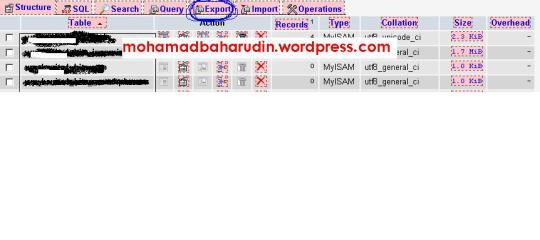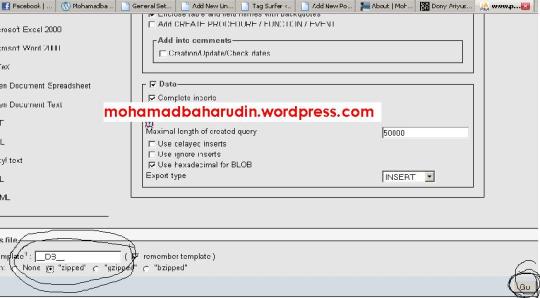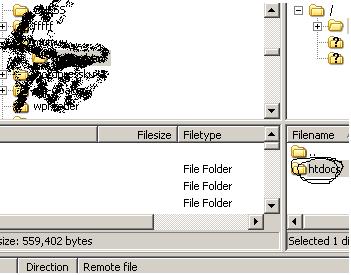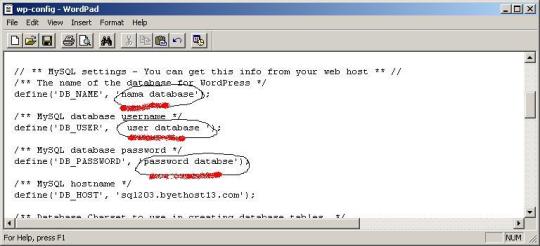What is a WebHook and how to implementing
What is a WebHook?
The concept of a WebHook is simple. A WebHook is an HTTP callback: an HTTP POST that occurs when something happens; a simple event-notification via HTTP POST.
A web application implementing WebHooks will POST a message to a URL when certain things happen. When a web application enables users to register their own URLs, the users can then extend, customize, and integrate that application with their own custom extensions or even with other applications around the web. For the user, WebHooks are a way to receive valuable information when it happens, rather than continually polling for that data and receiving nothing valuable most of the time. WebHooks have enormous potential and are limited only by your imagination! (No, it can’t wash the dishes. Yet.)
WebHooks are meant to do something. To get your imagination spinning with your own ideas, here are the three general ways in which WebHooks can be used to make your web more programmable:
Push: receiving data in real time
Push is the simplest of reasons to use WebHooks. As was just stated above, no more polling every couple of minutes to find out if there is new information. Just register a WebHook and receive the data at your doorstep as soon as it exists. It’s less work, less hassle, and you’ll probably even receive it sooner than if you were asking for it every couple of minutes.
Pipes: receiving data and passing it on
A Pipe happens when your WebHook not only receives real-time data, but goes on to do something new and meaningful with it, triggering actions unrelated to the original event. For example, you create a script, register its URL at a photo site, and have it email you when your mother posts a new photo. Or make a script that creates a Twitter message, and have it triggered by a WebHook whenever you add a new product on your commerce website.
Plugins: processing data and giving something in return
This is where the entire web becomes a programming platform. You can use this form of WebHooks to allow others to extend your application. Facebook’s Application Platform uses WebHooks in this way, and so does Google Wave’s robot integration. The general idea is that a web application sending out data via WebHooks will also use the response to modify its own data. At Facebook, when you access an app, Facebook sends a WebHook out to your application saying “Hey, someone’s accessing your application, what do I do?!” The application responds with, “Show the user this page…” Facebook does so, and the pattern continues in the same manner as you continue to use the application. At Google Wave, when you do something in a wave, any robot you’ve added as a participant is notified via a WebHook, and the robot has the ability to modify the wave in its http response. Implement WebHooks in this way in your application if you want to allow others to truly extend and enhance the abilities of your application.
How do they work?
By letting the user specify a URL for various events, the application will POST data to those URLs when the events occur. With the cheap availability of PHP hosting and even easier simple app/script hosting like AppJet or Scriptlets, handling the POST data becomes fairly trivial. How you use it is up to you and whatever you want to accomplish. Among other things, you can:
* create notifications to you or anybody via email, IRC, Jabber, …
* put the data in another app (real-time data synchronization)
* process the data and repost it using the app’s API
* validate the data and potentially prevent it from being used by the app
Why should I care?
As integrated as we perceive the web, most web applications today operate in silos. With the rise of API’s we’ve seen mashups and some degree of integration between applications. However, we have not seen the vision of the programmable web: a web where you as the user can “pipe” data between apps much like the Unix command line. Some say RSS is the answer. They are wrong. The heart is in the right place, but the implementation is wrong. RSS is still useful, but it is not going to bring us the true programmable web.
We just need a simple way to get data out in real-time to let the user easily do whatever they want with it. That means no polling, no content constraints, and no XML parsing. That means no RSS. Using HTTP is simpler and easier to use. PHP is a very popular and accessible programming environment, so it’s likely to be used often for writing hooklets… getting data from a web POST in PHP is as simple as $_POST[‘something’]. And making the request to the user script is as simple as making an HTTP request, something already built-in to most programming environments. In fact, web hooks are easier to implement than an API.
However implemented (although the easier the more likely it will be adopted), having an output for the web will complement the input provided by the rising adoption of API’s. When you have both input and output, you have everything you need for apps to easily interact. This will encourage smaller, more focused apps that together with hook-enabled heavier apps will let amazing emergent creations happen!
How do I implement WebHooks?
Simply provide your users with the ability to submit their own URL, and POST to that URL when something happens. It’s that simple. There are no specs you have to follow.



